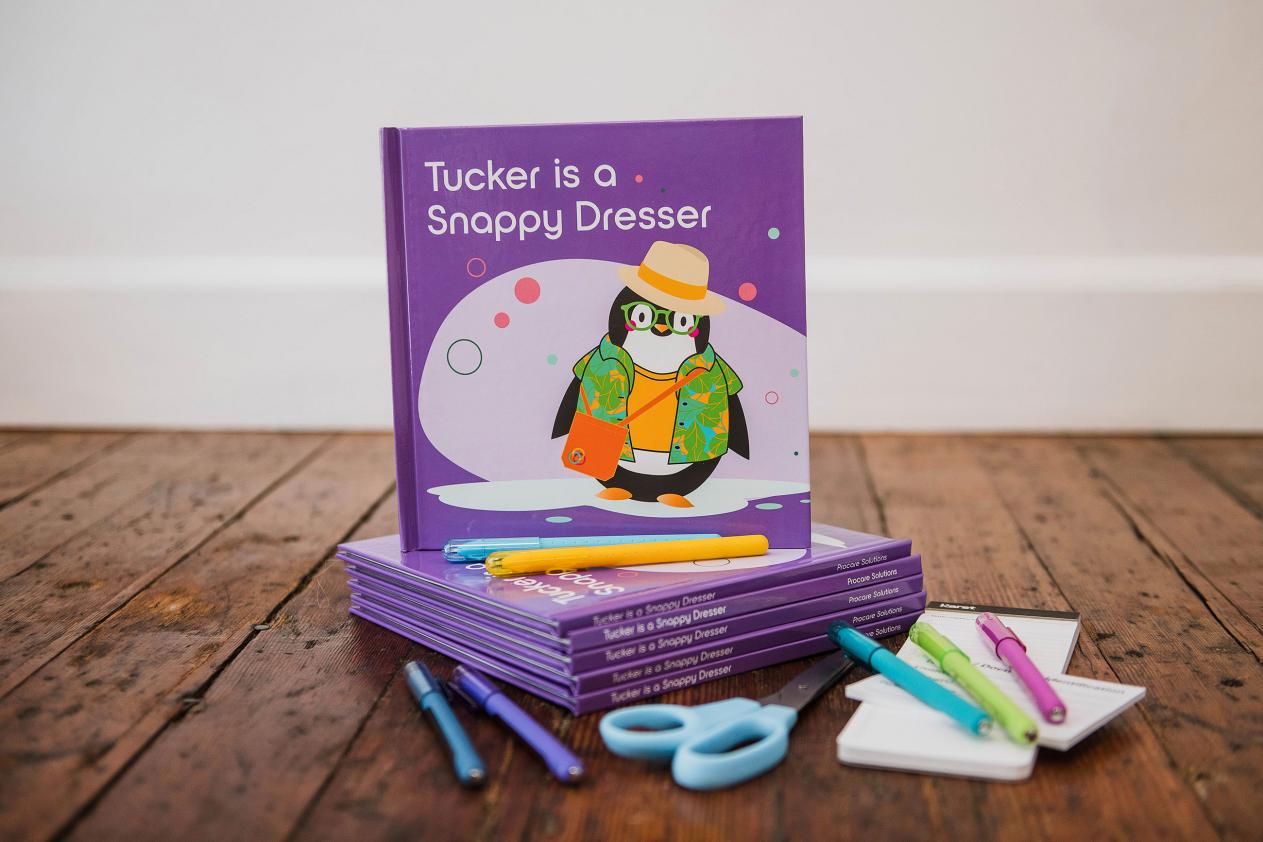views
There are many kinds of children's books, including children's enlightenment books, children's popular science books, children's literature books and children's cartoon books. From the perspective of production technology and the use of raw materials, children's books cover a variety of printing technology and materials, such as embossing, local UV, glitter, luminous ink, sanding effect, etc. Their use gives children's books a vivid effect from content to form, achieving a perfect combination of fun, practicality and readability.

1. Practicality and entertainment coexist in packaging design
From infancy, children's perceptual ability, cognitive activities, thinking, emotion, will and behavior activities have been initially formed and developed. As the most extensive carrier to convey feelings, books play a supporting, educational and guiding role in the early stage of human growth.
Secondly, in terms of design method, the design of children's books emphasizes both practicality and personalization, and guides reading and learning by installing different gadgets that are easy to attract children's attention. For example, various voice books, stereo books, puzzle books, etc.
2. Wide range of printing materials
The printing materials for children's books and periodicals are still mainly paper. In addition, the printing materials such as fabric, plastic, wood and chemical fiber are also widely used. The printing materials of paper are mainly offset paper, coated paper and light paper, because this type of paper has the advantages of high smoothness, good whiteness, strong water resistance, uniform absorption of ink, and strong image reproduction ability. Children's books are mostly printed with beautiful pictures, which can not only attract children to read, but also help children understand the interesting stories. In addition to reading, the baby cloth book printed with fabric materials can also be used as a toy for babies to meet their love of biting books. This kind of book is also called unbreakable and unbreakable. Most of the plastic ones are used for single picture collections.
3. Various printing processes
At present, the common children's books printing in China are mostly use offset printing technology, such as ordinary story books and picture books. Because the lithographic offset printing process is mature and the printing quality is exquisite, the image color can be perfectly restored, and the cost of mass printing is low. The printing quality of flexographic printing is now close to the level of offset printing, and its application in books is more common in the United States. As flexographic printing uses water-based ink, it is designated as an environment-friendly printing method and will replace some offset printing in the future. Screen printing is also widely used in children's books, such as cloth books. In addition to conventional printing methods, the combination of special printing technology and raw materials is also a highlight of children's book printing.
4. Complex and ingenious post press production
The production of children's books and magazines is also rich and varied in terms of format, ranging from large to small. The small ones are not as big as the palm of one's hand, and the large ones sometimes even exceed half a newspaper. Due to the different proportions of length and width, there are also differences between the horizontal version and the vertical version.
Binding is also a highlight in printing children's books. Most children's books are bound when they are thick, and riding nails when they are thin. Of course, many books will also show their individuality in this regard, creating a new way. It can also be bound with spiral rings. It is very convenient to turn page by page, and even if the spiral ring is accidentally dropped, it will not be in the way. Moreover, the child's fingers can reach into the spiral ring and carry the book like a bag, which is very interesting.The popular binding like hardcover binding and special board book binding.
5. Higher environmental requirements
Because children like to chew things, publishing houses and printing plants often use environment-friendly materials to print children's books. Environmental protection printing has also become the general trend of the development of the entire printing industry. At present, some domestic printing enterprises have passed the ISO 14001 international environmental management system certification. The core of this system is "clean production", which requires the selection of low toxic or non-toxic, low pollution or pollution-free materials in the printing process, and the creation of a clean and comfortable production environment.
In terms of paper, due to its light weight and low price, light paper has become a new choice for children's book printing. Coated paper is coated with chemical coatings on ordinary paper, but light paper is basically made of wood pulp, so it is more environmentally friendly. Although the color printed with light paper may be darker than that printed with coated paper, it is comfortable to handle and light in weight, which is more suitable for children to read. In addition, the price of light paper is lower than that of coated paper and double offset paper, so the price of books will be cheaper accordingly.
In terms of printing ink, at present, many books are printed with soybean ink, because soybean ink is a new type of green and environment-friendly ink, which is refined with 100% pure natural plant soybean oil, completely derived from nature, free of irritating odor, scratch resistant, safe and non-toxic, rich in color, and environmentally friendly and renewable. The most important point is that even if the baby bites and eats books with his mouth, it will not have any impact on his body.
In general, children's books and periodicals are printed with both pictures and words, with unique ingenuity. They not only spread knowledge to children and young people, but also enriched their childhood life. However, at present, some children's books, especially hardcover children's books, have complex processes, various processes, high costs and high prices, which are unbearable for parents.












Facebook Conversations